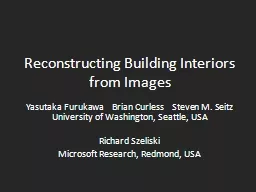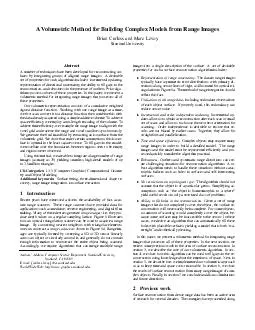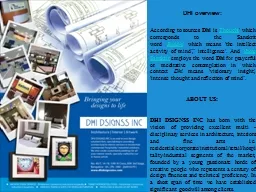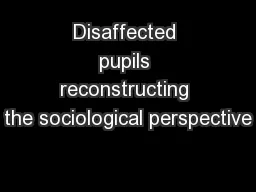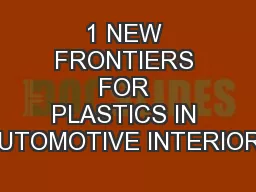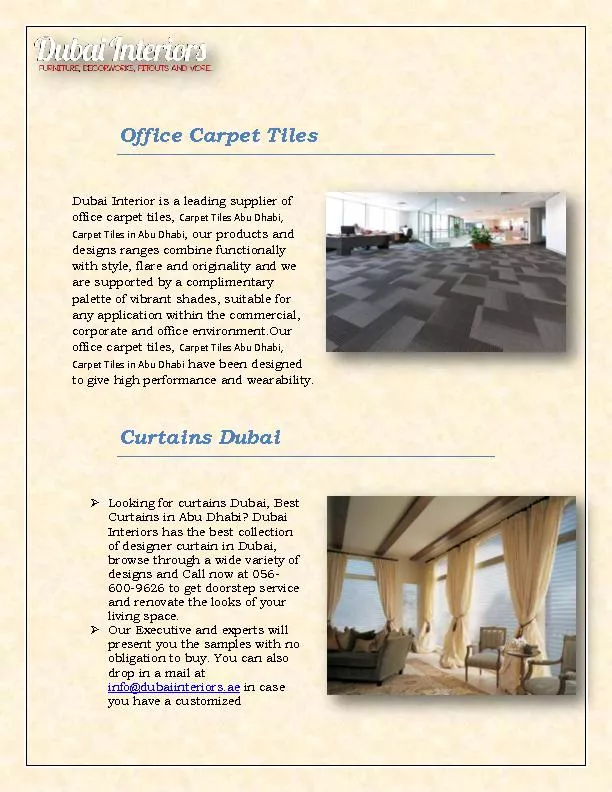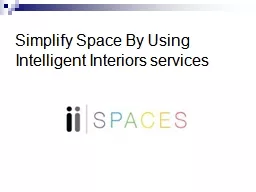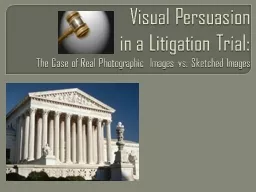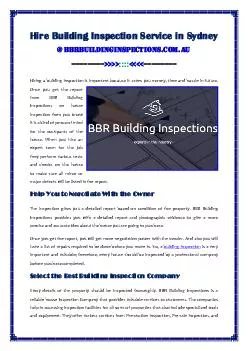PPT-Reconstructing Building Interiors from Images
Author : tatyana-admore | Published Date : 2016-05-12
Yasutaka Furukawa Brian Curless Steven M Seitz University of Washington Seattle USA Richard Szeliski Microsoft Research Redmond USA Reconstruction amp Visualization
Presentation Embed Code
Download Presentation
Download Presentation The PPT/PDF document "Reconstructing Building Interiors from I..." is the property of its rightful owner. Permission is granted to download and print the materials on this website for personal, non-commercial use only, and to display it on your personal computer provided you do not modify the materials and that you retain all copyright notices contained in the materials. By downloading content from our website, you accept the terms of this agreement.
Reconstructing Building Interiors from Images: Transcript
Download Rules Of Document
"Reconstructing Building Interiors from Images"The content belongs to its owner. You may download and print it for personal use, without modification, and keep all copyright notices. By downloading, you agree to these terms.
Related Documents

